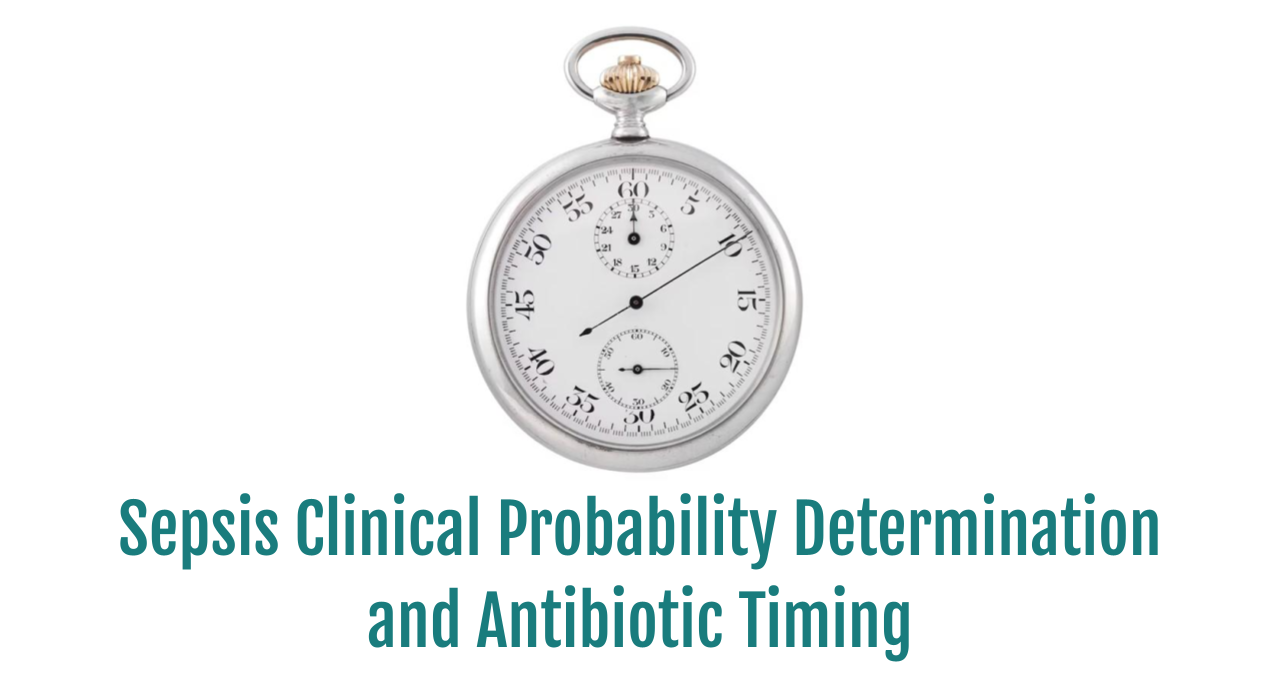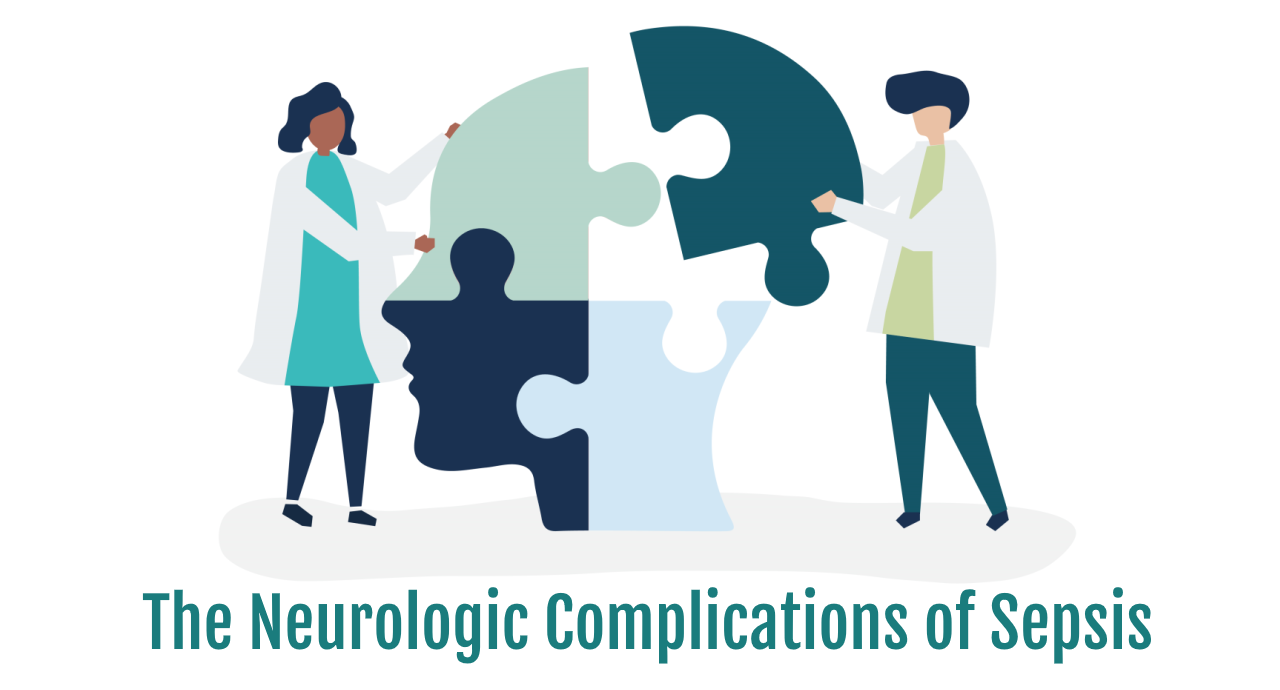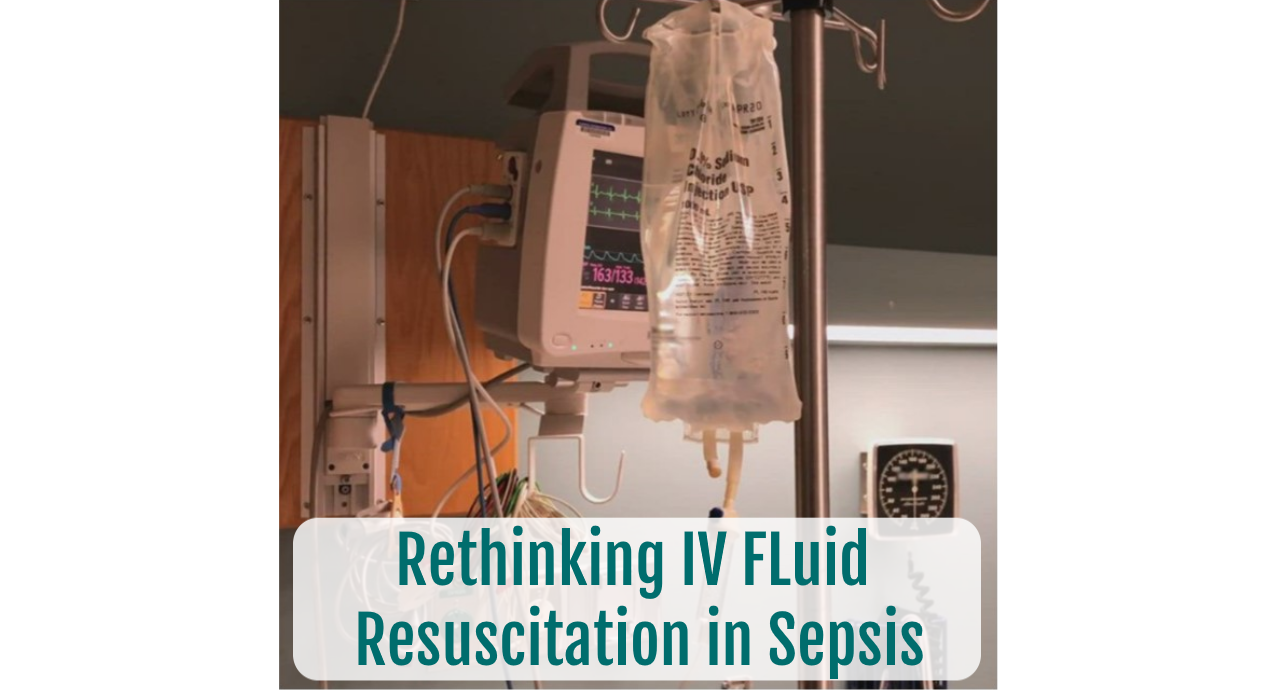Sepsis Clinical Probability Determination and Antibiotic Timing
Sepsis Clinical Probability Determination and Antibiotic Timing SUMMARY Accurate diagnosis of sepsis upon presentation is challenging due to subtle disease presentation or rapidly progressing symptoms. Early administration of antibiotics is one of the most effective interventions, especially with severe disease, however, must be balanced with the risk of potential harm. Surviving Sepsis










